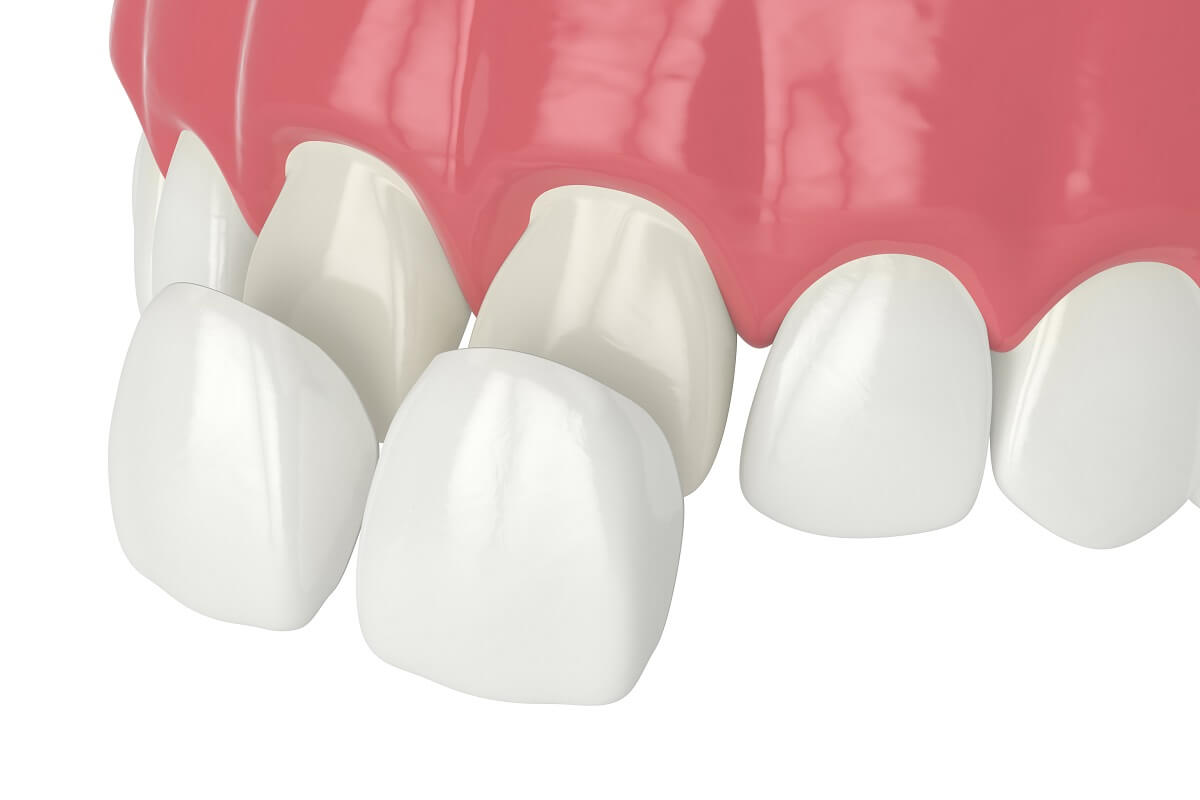Do you desire teeth that are flawlessly straight, white, and shaped? Veneers are often the most effective way for patients to transform their existing smile into their ideal one. These delicate porcelain veneers near you are stain-resistant, extremely durable, and available in various life-like shades.
However, before committing, as with any cosmetic dental process, do your research or visit a dentist in Sylvan Lake. You will be completely informed and able to select the smile enhancer that is ideal for you in this manner. In light of this, read on to discover history and a few fun facts regarding veneers.
The History of Dental Veneers: Uncovering Their Origins and Evolution
In 1928, Dr. Charles Pincus created a method for improving Hollywood stars’ smiles, who constituted most of his patients. He glued the original veneers to the teeth’s front surfaces using an acrylic substance.
Dentists at the time had not yet created a solid bonding substance that could keep the veneers in place for more than a few hours.
Dental veneers were produced in the 1930s and 1940s using porcelain or composite materials. These substances produced prostheses that appeared more authentic. Furthermore, porcelain veneers were less likely to fade, stain, fracture, break, or wear than acrylic veneers. The bonding agent remained a challenge, though.
Unfortunately, these coverings were still not a practical solution for consumers who wanted a long-lasting smile makeover. Dr. Charles Pincus created acrylic veneers in 1937 that were held in place with denture adhesive. He temporarily cemented the devices because there wasn’t much adherence.
The late 1950s saw the first significant developments in dental veneer techniques. In 1959, Dr. Michael Buonocore invented etching.
As Dr. Buonocore discovered, applying a somewhat acidic solution etched the teeth and strengthened the bonding surface. This method helped with sealants and other restorations, including lays, inlays, crowns, and bonding porcelain. The research into gluing porcelain dental veneers to etched enamel led to this advancement.
Five Surprising Facts About Dental Veneers
1. Veneers are Long-Lasting
Dental bonding and teeth whitening are only a few treatments for improving your smile. They are efficient and produce stunning effects, but they don’t last nearly as long as veneers. Veneers can be your friends for over a decade if properly taken care of.
Porcelain veneers in Sylvan Lake are often more durable and stain-resistant than the other two materials. A composite veneer can be easily repaired with more composite material if damaged. In contrast to removable dentures, veneers don’t need much upkeep. Instead, veneers can be maintained with routine tooth cleaning, brushing, and flossing.
2. Getting Dental Veneers is All About a Few Seatings
When you first get veneers, you have an examination, a consultation, and a planning session. During this appointment, you and your dentist near you, will decide whether veneers are the best course of action for your teeth and review the benefits and drawbacks of maintaining good dental health. If nothing has to be done, your dentist will take X-rays to get started.
Preparing your teeth for the veneers during your second visit includes taking measurements to have them produced. To obtain veneers, your dentist will remove roughly half a millimeter of tooth enamel—much less than the thickness of a typical fingernail. Measurements and a model or mold are gathered to construct your veneers in the lab. Your dentist could put temporary veneers in place throughout this two- to four-week process.
Your final appointment will involve having your veneers fitted and any required corrections made before preparing your teeth for bonding. The veneers are affixed with cement after roughening up the tooth’s surface. You might need to schedule a further follow-up appointment to evaluate how well they’re fitting and to address any problems with how they appear, feel, or function.
3. Veneers are Irreversible
Your oral hygienist will subtly remove a thin enamel layer to ensure your veneers don’t protrude abnormally or appear bulky. Veneers are irreversible despite the small amount since enamel does not renew. As a result, you will eventually require dental crowns or veneers for your tooth or teeth.
4. Dental Veneers Solve Multiple Dental Issues
Veneers can correct multiple tooth problems simultaneously, from little chips to severe discolouration. As a result, you won’t need multiple treatments spaced out over a long period; instead, you can realize your ideal smile with just one solution.
5. Veneers are Highly Customizable
Veneers are also adaptable. They don’t provide a one-size-fits-all solution because your grin is distinctive from everyone else’s and different from theirs; likewise, your veneers will be. They are created using a model of your teeth.
Need More Information?
Our dental wizards have practiced dental care at Sylvan Lake Dental Centre for years. Because of it, our professionals can guide you and treat every dental issue. We invite you to contact our team by phone or on our website if you have any questions about veneers.

